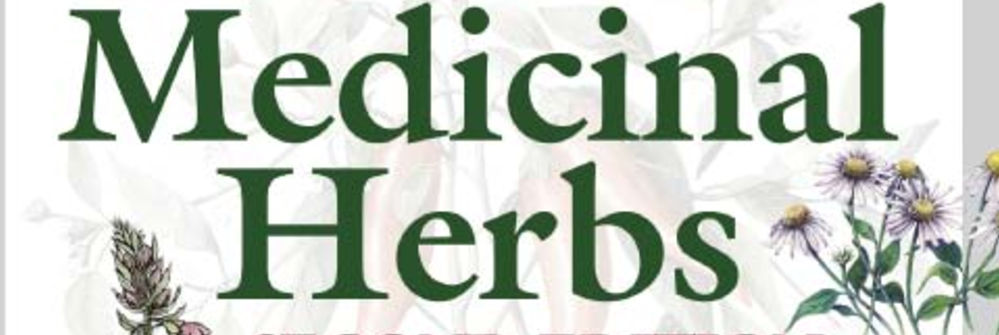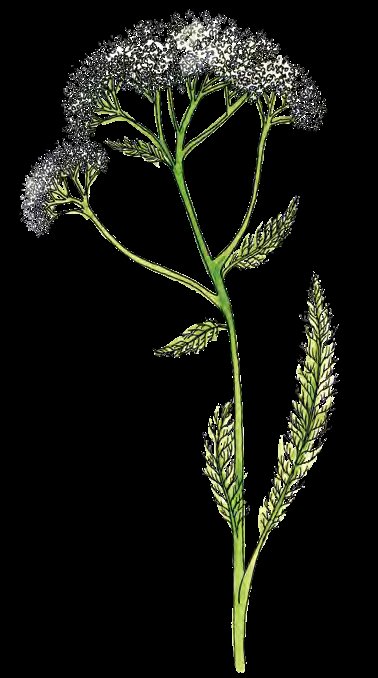Astragalus membranaceus Benefits Contents:
Astragalus is a herbaceous definite flower of the pea family and is most commonly used for defense enhancement. Most analysis on astragalus has targeted on its immunostimulatory action and its apparently amazing ability to recover the action of a under control defense mechanisms. Scientific analysis as well as medicinal data offer proof for its effectiveness in the avoidance of the common cold and as an adjunct to cancer treatments. It is may be useful as a supporting therapy during rays therapy, radiotherapy and defense













